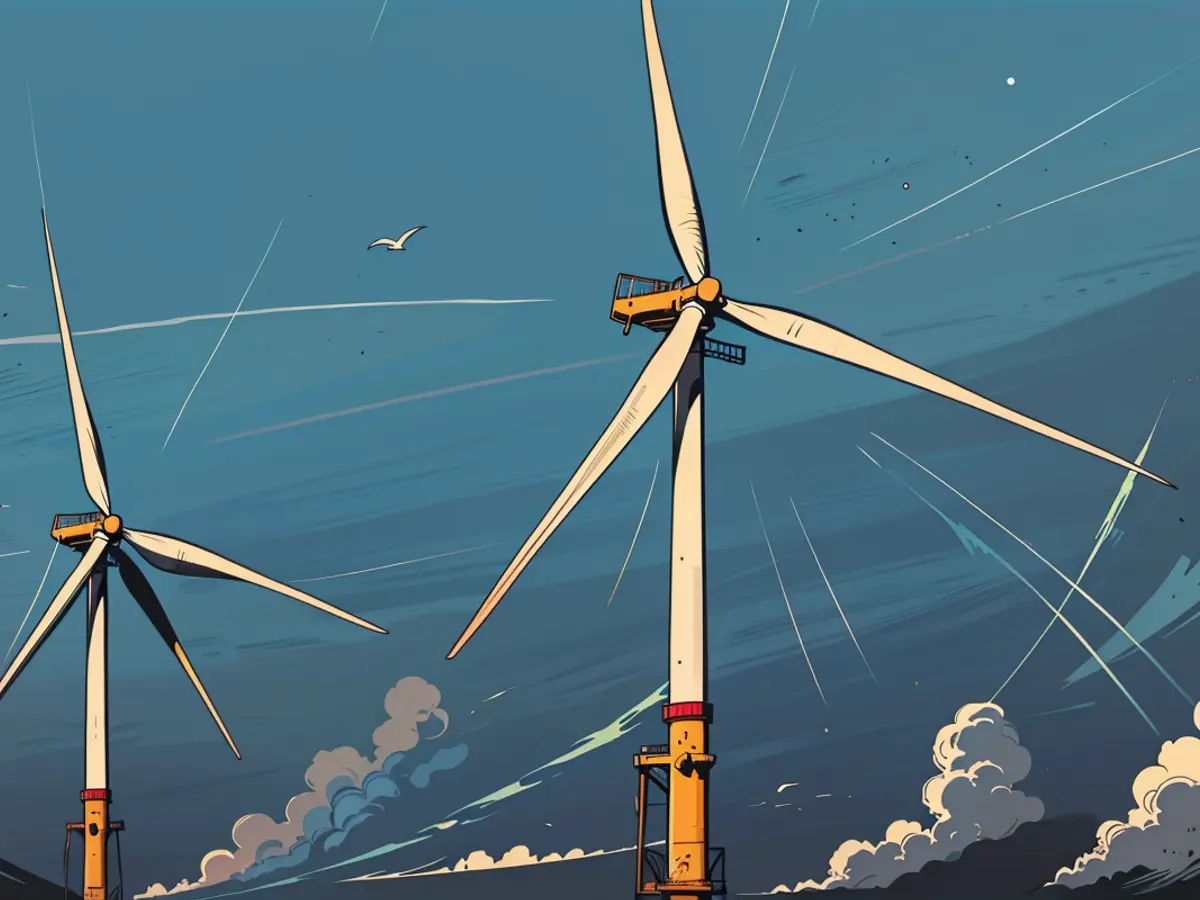Renewable Energy - Schleswig will enable the construction of more wind parks at sea
Governor Manuela Schwesig (SPD) will enable the construction of additional offshore wind parks. "Offshore wind energy generally has a higher acceptance than wind energy on land," explained Schwesig on her traditional summer tour. Large and efficient units are produced at sea. It is also important that so-called converter platforms emerge in the country and provide employment in the maritime industry.
Converter platforms are large installations that stand near offshore wind parks in the sea. Wind energy installations usually generate alternating current. However, for a lossless transmission of electricity from the sea to land over long distances, direct current is required. The converter platforms convert alternating current to direct current.
To emphasize the importance of renewable energies for Mecklenburg-Vorpommern, Schwesig opened the "AufWindDay" citizen festival at the National Park Center Königsstuhl. Interested parties can explore the expansion of renewable energies there, according to the information. Mecklenburg-Vorpommern already generates more than double the electricity from renewable energies than it consumes today, it was stated.
Before that, Schwesig informed herself about the Arcadis Ost I wind park in Sassnitz. This can supply up to 290,000 households with electricity through 27 installations.
Currently, 1859 wind turbines generate electricity in Mecklenburg-Vorpommern. In the neighboring Schleswig-Holstein, there are 3238. The acceptance for the production of green electricity is higher there. One essential reason for this is that the wind park operators are mostly from the region and so the profits remain in the country.
Governor Manuela Schwesig from the SPD advocates for the construction of more offshore wind parks in Germany, highlighting their higher public acceptance compared to land-based wind energy. She believes in the importance of developing converter platforms, which are large installations near offshore wind parks, to convert alternating current to direct current for efficient electricity transmission from sea to land. During her tour, Schwesig visited the Arcadis Ost I wind park in Sassnitz, capable of supplying electricity to 290,000 households. Mecklenburg-Vorpommern currently has 1859 wind turbines generating electricity, producing more than double the amount of renewable energy it consumes. In contrast, Schleswig-Holstein, with 3238 wind turbines, has even higher public acceptance for the production of green energy, primarily because of local wind park operators retaining profits within the region.








